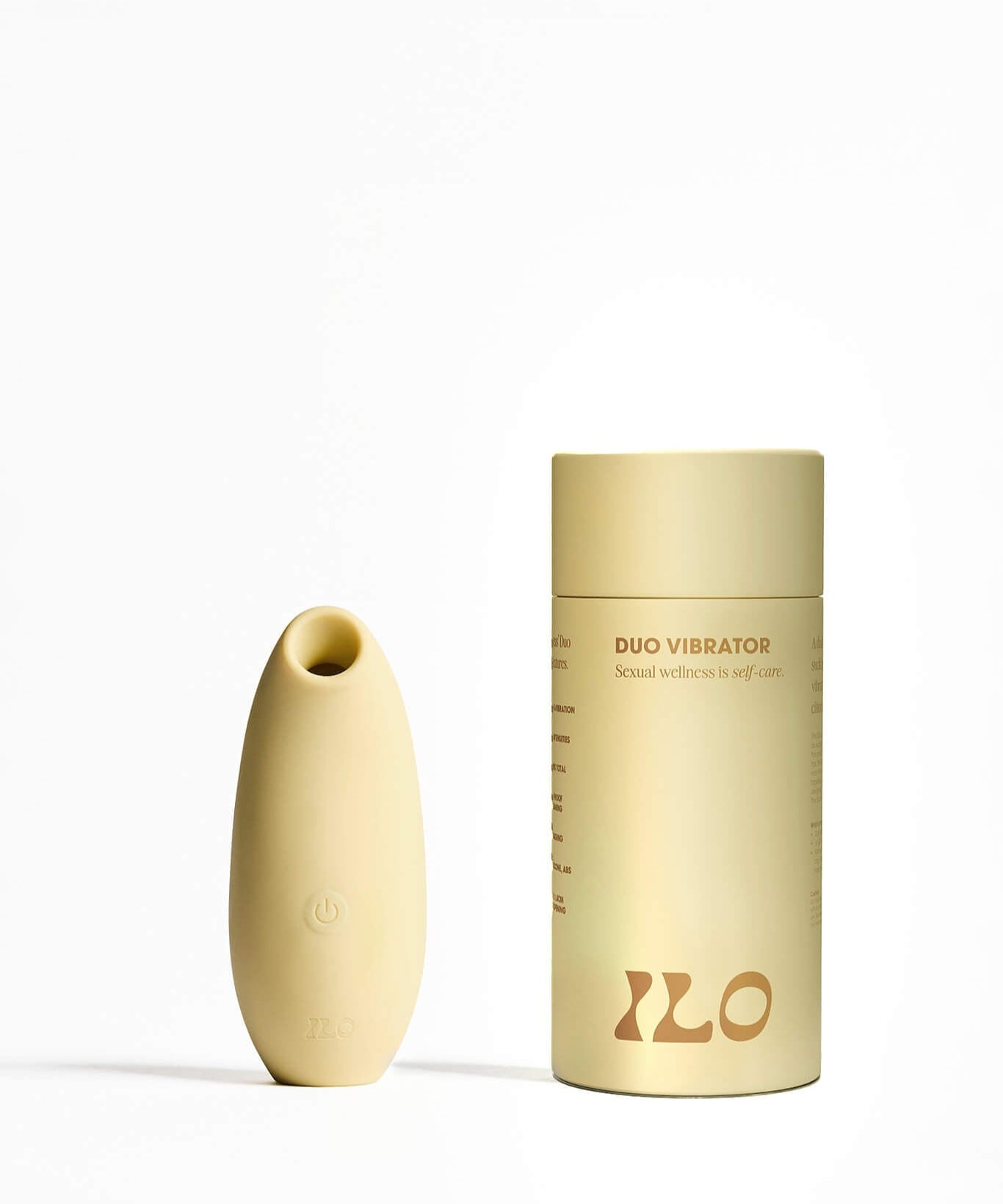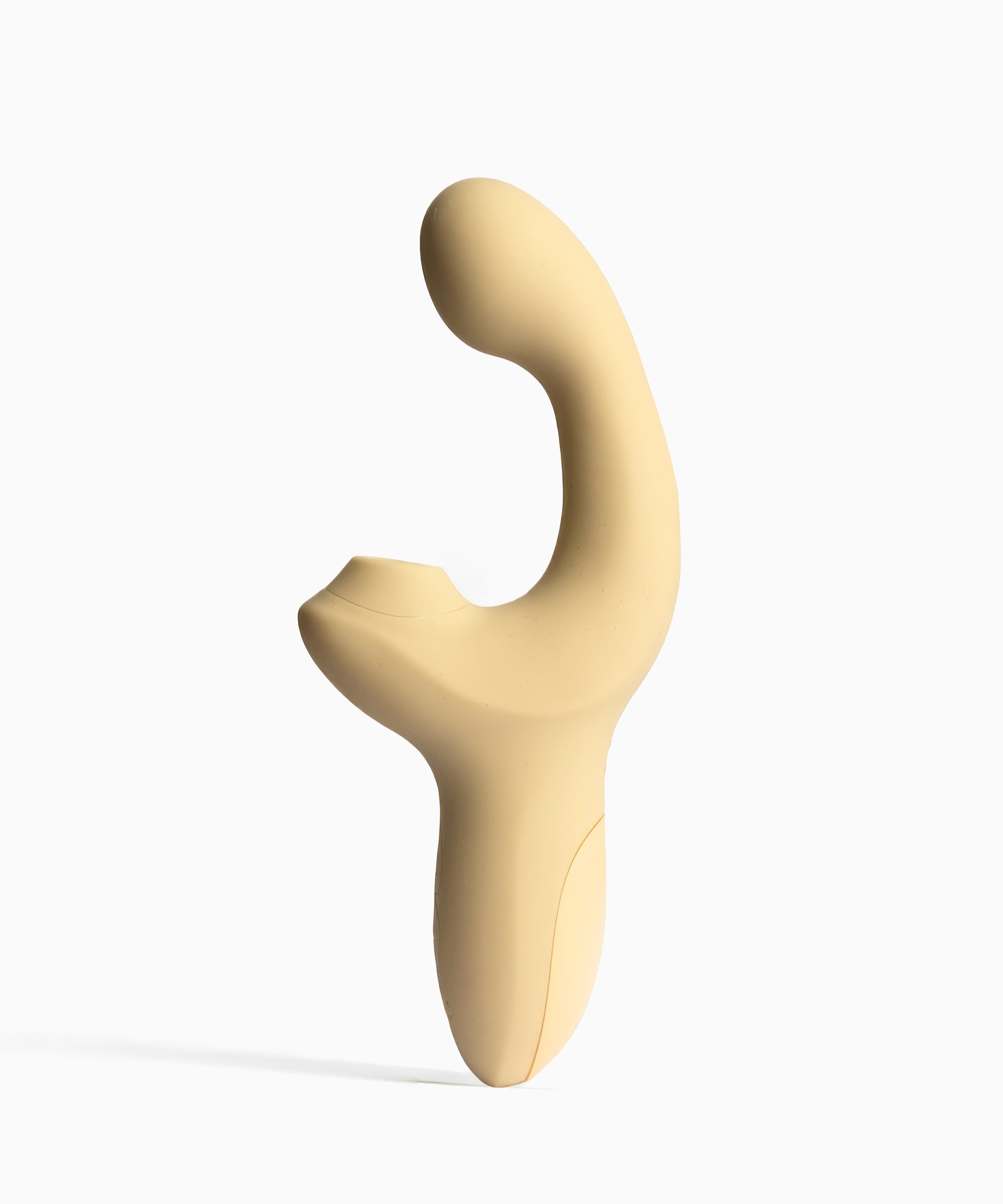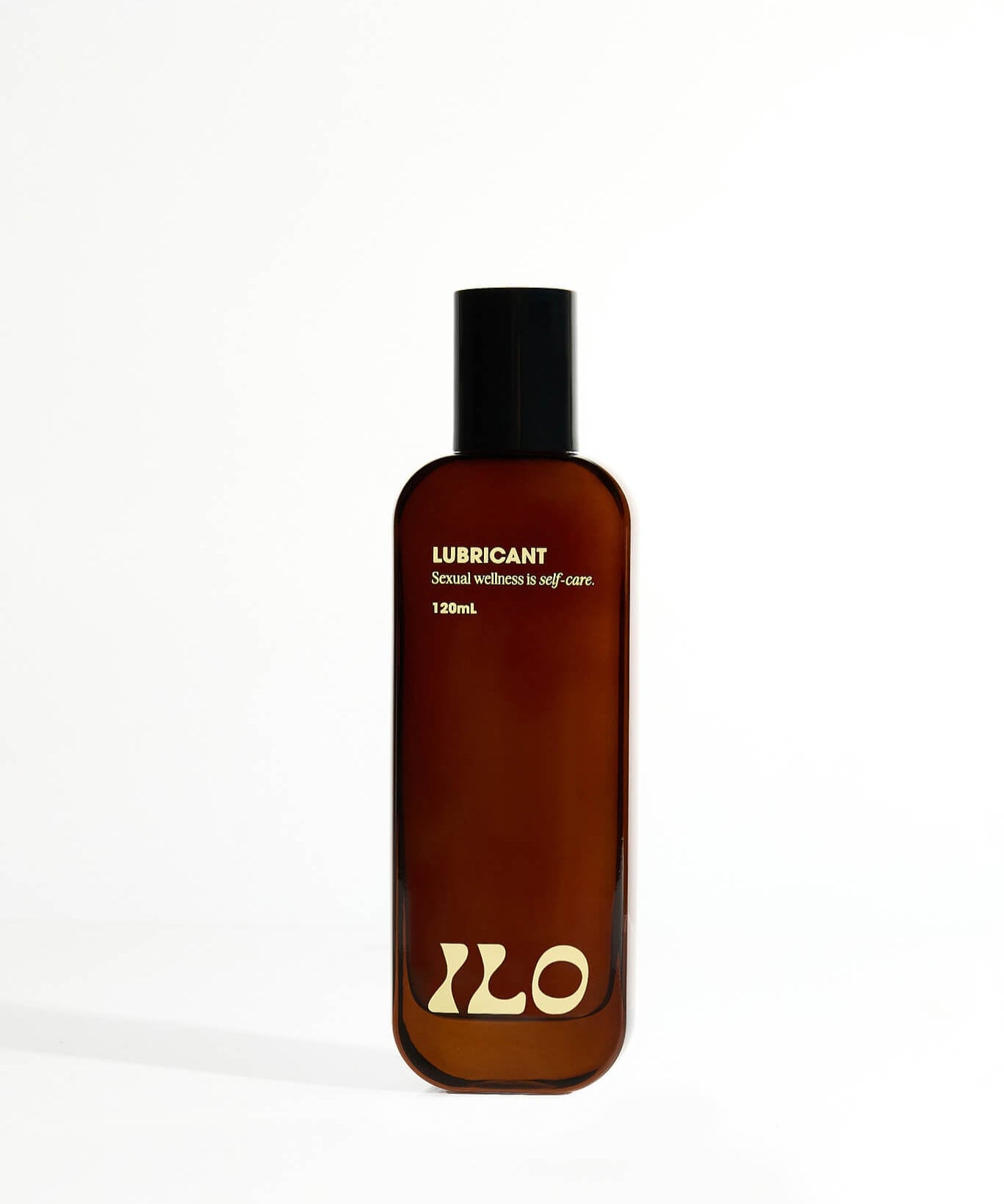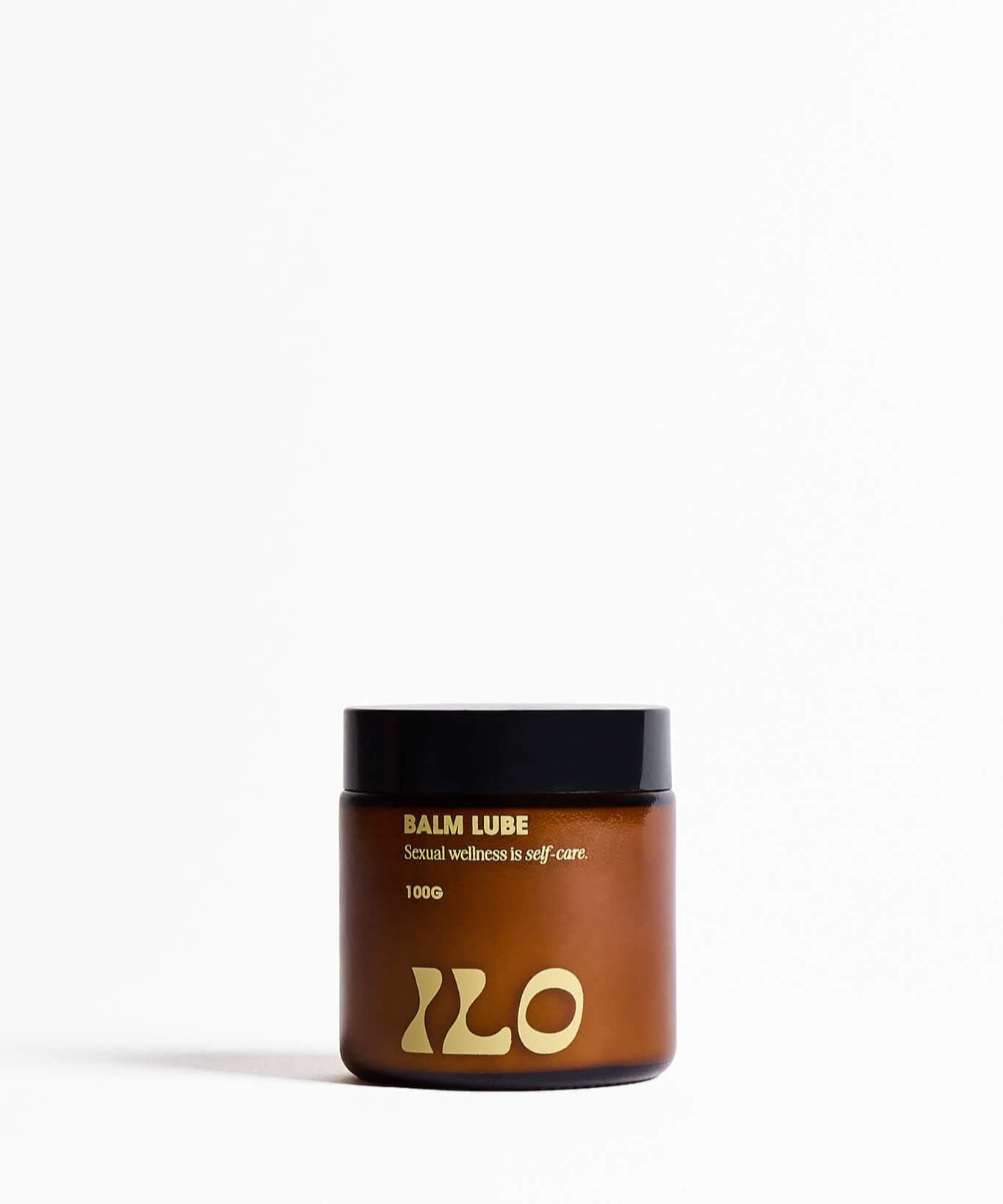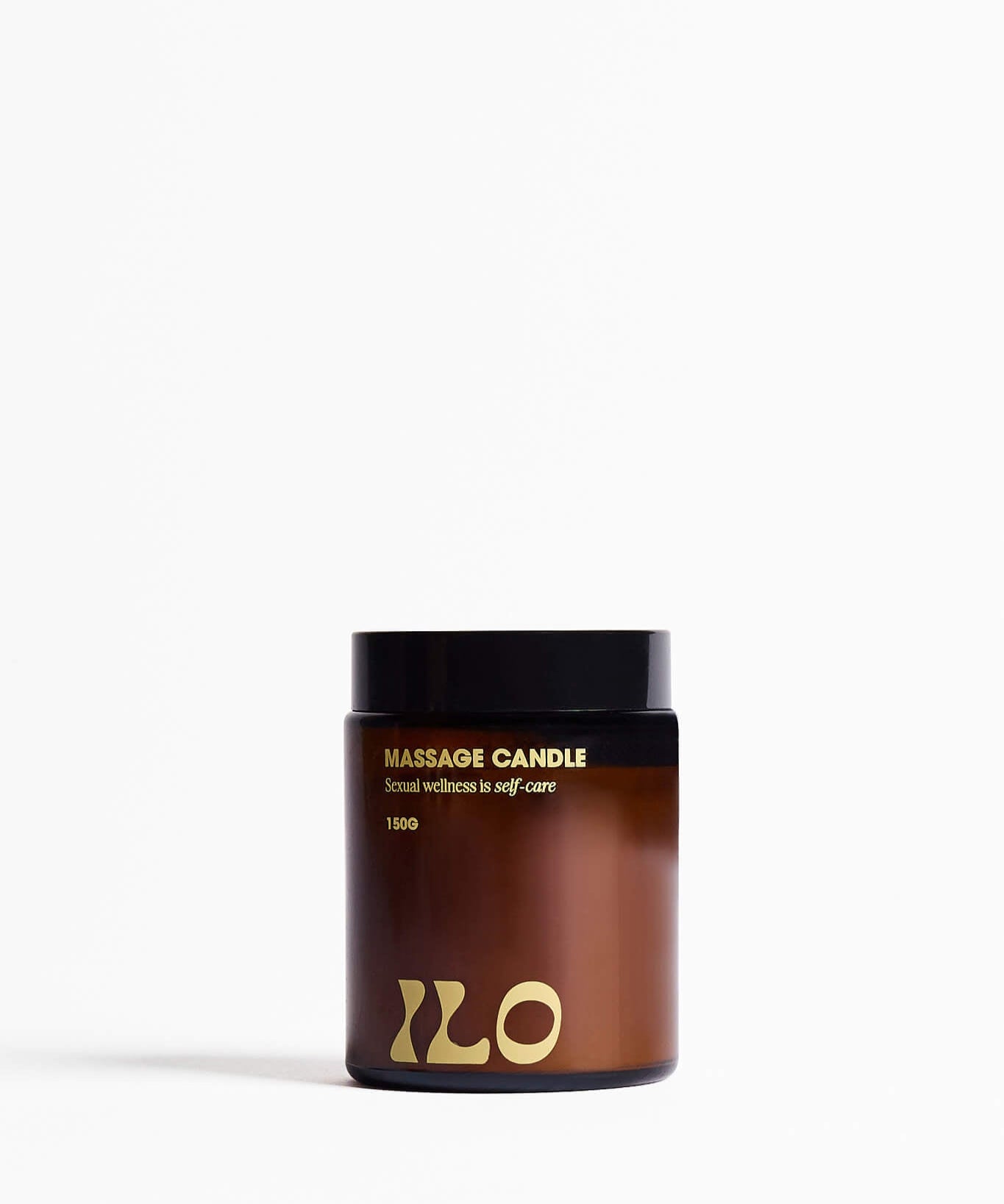Vaginal Fluid: What’s Normal, What’s Not, and Why It Matters

Whether it’s a little wetness in your underwear, extra moisture during sex, or changes throughout your cycle- vaginal fluid can tell you a lot about your body. But many people feel confused or even embarrassed about it.
So let’s break it down: What are the different types of vaginal fluids? What’s considered healthy? And how do things like your cycle, hormones, or life stages like pregnancy and menopause affect it?
This article is your no-shame guide to understanding vaginal lubrication, because being informed is powerful, and there’s no such thing as “too wet” or “not wet enough” when it comes to your body’s natural rhythm.
First Things First: Not All Vaginal Wetness Is the Same
There are three main types of vaginal fluid you might notice:
1. Vaginal Discharge
This is your body’s way of cleaning itself and maintaining a healthy balance of bacteria. It’s usually a mix of cervical mucus, vaginal secretions, and old cells.
-
What’s normal?
-
Clear, whitish, or slightly yellow when dry
-
Mild smell (not fishy or foul)
-
Amount and texture vary with your cycle
-
Changes throughout your cycle:
-
After your period: minimal or dry
-
Approaching ovulation: creamy, then stretchy and clear (like egg whites)
-
After ovulation: thicker or drier
-
Before your period: may become slightly thicker again
-
When to see a doctor:
-
Strong odour
-
Itching, burning, or irritation
-
Green, grey, or frothy discharge
-
Sudden change in volume or consistency
2. Cervical Fluid
This is a specific type of discharge that comes directly from the cervix, and it plays a big role in fertility. It changes in texture and volume across your cycle in response to hormonal shifts.
-
Around ovulation: Cervical fluid becomes slippery, clear, and stretchy. This helps sperm travel more easily.
-
On hormonal contraception: You may notice less cervical fluid, or more consistent types due to hormone suppression.
-
During menopause or postpartum: Cervical fluid often decreases due to lower estrogen levels.
3. Arousal Fluid
This is the wetness that comes from the vaginal walls and Bartholin’s glands when you’re sexually aroused. It’s thin, slippery, and appears quickly during arousal.
-
What’s normal?
-
It varies from person to person- and even from day to day.
-
Some people get very wet with little stimulation; others need more time or context.
-
Being “not wet” doesn’t mean you’re not aroused. Hormones, medication, stress, and hydration all play a role.
Tip: Lube is your best friend. Using lubricant during sex isn’t a sign of dysfunction- it’s a sign of confidence and care. Try ILO’s range of lubricants such as our: Water-Based Lubricant, Body Oil, or Balm Oil-Based.
How Your Hormones Affect Lubrication
Vaginal wetness is largely influenced by estrogen, which helps maintain vaginal elasticity, moisture, and pH. Here’s how different stages and hormones can impact it:
Menstrual Cycle
-
Estrogen rises before ovulation = more discharge and wetter cervical fluid
-
After ovulation, progesterone rises, and fluids often reduce
-
Right before your period, you might feel drier again
Pregnancy
-
Increased blood flow and hormones = more discharge (often white and mild-smelling)
-
It’s normal, but always check with your doctor if it becomes green, itchy, or smells strong
Postpartum
-
Estrogen drops significantly, especially if breastfeeding
-
Many people experience vaginal dryness, which can make sex uncomfortable—this is common and treatable
Menopause
-
Estrogen levels decrease = thinner vaginal walls, less natural lubrication
-
You might notice:
-
Vaginal dryness
-
Discomfort during sex
-
More frequent UTIs
-
Solutions can include water-based lubes, vaginal moisturisers, or speaking to a GP about low-dose vaginal estrogen
Final Thoughts
Vaginal fluids aren’t dirty, shameful, or something to be embarrassed about. They’re a healthy, normal part of being a person with a vulva. Understanding the different types of wetness, and how your body shifts over time, can help you tune into your cycle, boost your confidence, and support your pleasure.
By Kiara Sasha





